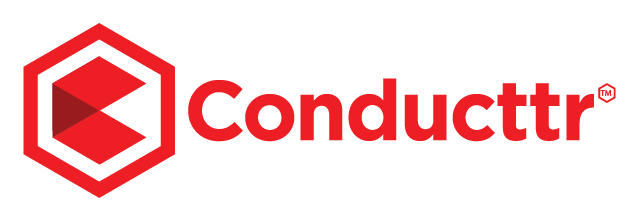An interesting paper caught our eye from Brookings entitled The Breakout Scale: Measuring the impact of influence operations.
The diagram below presents the core take-away for us, a six-stage model to gauge how successful an influence operation is based on how far it spreads and whether it affects policy or behaviour.
This “breakout scale” is a very handy tool to use when designing joint effects exercises or a realistic social media simulation because it provides a framework to stage the growth of a narrative or an issue through the exercise. It gives scenario designers a tool for conversations about how big a certain event should be.
In simulating a realistic, lifelike social media event or influence operation, we need to consider the timing of these breakout moments. This recalls a diagram I created many years ago to discuss how to promote an entertainment property online – a book or movie for example.
In the diagram below I’m drawing an analogy between drilling for oil and having an idea “go viral”. Note: “Going viral” has always been a bad term because it implies that the population spreading the idea isn’t active in its dissemination when in fact we have to design content specially to be “spreadable”. Nevertheless, “going viral” tends to be the term most are familiar with.
But getting back to influence operations… applying the diagram, we must allow time for the content and narrative to resonate with a “hardcore” audience that’s receptive to it. Hence we seed the content first to a minority and continue to stoke that fire or continue to drill deeply into a niche community until, like a chain reaction or suddenly striking oil, there’s a massive gush of activity, content and conversation.
In the political sphere, designing something to be spreadable usually means saying something outrageous to infuriate people and then providing the memes and photoshopped/out-of-context images & videos to be shared. But it’s also helpful to prepare the ground so that the targeted audience is susceptible to it – just as President Trump started complaining about vote rigging months before election so that he could start his own disinformation campaign in earnest as vote counting began. Note that he seeded his message first with his loyalists who were eager to amplify the false claims.
This preparing the ground stage is like drilling a tiny borehole to create a pilot for bigger drills to come.
Finally, once we’ve struck oil, we can amplify the effects by using traditional media, advertising and other communities who are now more willing to engage or just simply curious because the hardcore audience have made this new idea interesting or newsworthy.
Making it work
A realistic influence operation simulation doesn’t need to last months just as a movie about childbirth doesn’t need to last nine months. This is why with our Conducttr crisis simulation platform, we allow exercise designers to publish historical content and conversations from dates in the past so as to provide the breadcrumb trail back from current events. And we allow simulation of the fermentation of narratives in locked-away parts of the internet like in simulated private Facebook groups and bulletin boards with limited moderation like 4Chan & 8kun.
As the exercise advances, voices build and when we strike oil – which can be dependent on the training audience’s actions and inaction – we can use our pattern of life feature to create outpourings of discourse and tweetstorms.
This post from First Draft encourages researchers to look below the surface of disinformation campaigns and, in a sense, work backwards from and outside of the celebrity amplification to find the narratives woven into the “middle” social media. This can be simulated too, allowing the training audience to investigate as they would in real life, discriminating between verified accounts and others, checking creation dates & handles for bots and exploring social graphs between personas and links from social media to news articles and other social media channels.
In conclusion then, working with the breakout model, we can choose to start our simulation as a category two or three but provide the justification with historic content and social networks for the training audience to explore. We then progress through the different stages – or prevent the stages from progressing – but always in a realistic way with lifelike social media and simulated press activity.
If you found this useful, please check out the blog post on human terrain modelling.




